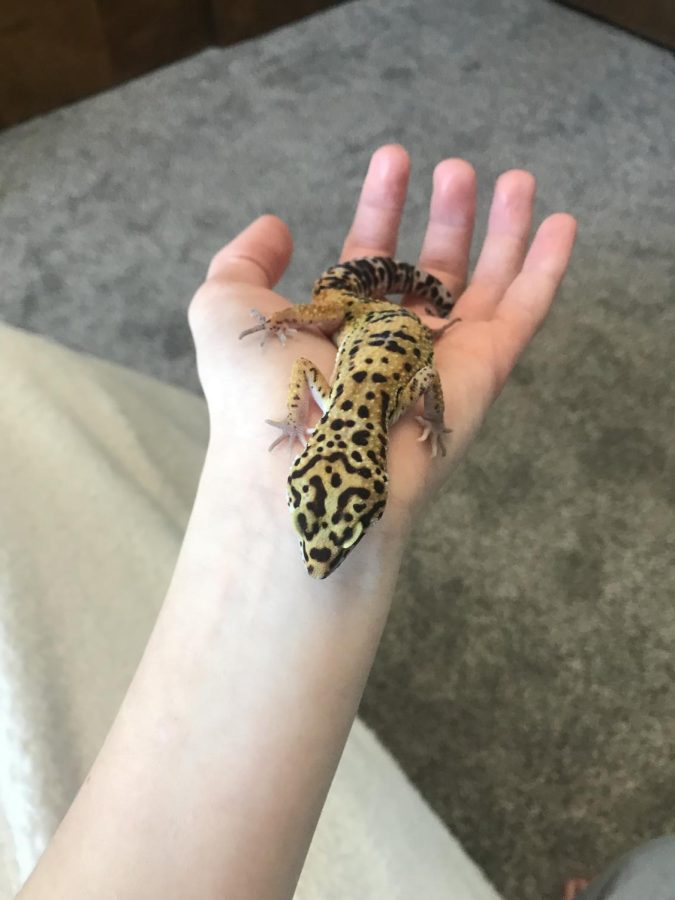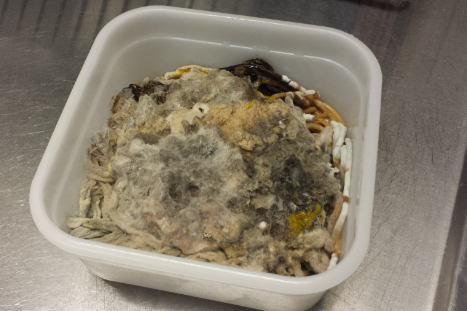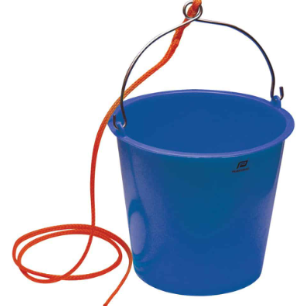Handling Your Lizard!
March 24, 2022
Learning how to handle your lizard is a very important topic. A lot of people can’t wait to hold their lizards, while others may not want to touch their lizards at all. But if you are one of those people that can’t wait to hold their lizard, then you should read this article on how to because it is very important to do it correctly at the same time you keep you and your lizard healthy. Let’s begin!
First, we will begin with your basic body language; this is very important as well. Basically talking about how your body should be and how you should act in order to keep your lizard calm. This also goes with how exactly you should hold your lizard. Some may need to be held differently so we will go over that in this paragraph as well. It’s always important to make sure you don’t squeeze your lizard.
Bearded Dragon- To pick up a bearded dragon, approach them from the side or front, never from above. Slide your hand under them from the side to support their chest and front legs. Use your other hand to support their rear legs and tail. Hold them firmly without squeezing so they can’t jump away and get hurt.
Leopard Gecko- Gently slide your fingers under the belly with your hand on top of the gecko. Move gently. Don’t squeeze the gecko as this can injure, anger, or scare it. Pick it up slowly and take it out of its cage. It’s usually best to let the gecko climb onto your hand. After the gecko settles onto your hand, you can slowly lift your hand (along with the gecko) out of the tank. If you must pick your gecko up, be sure to support its whole body.
Crested Gecko- This website has a ton of information: https://www.unusualpetsguide.com/2021/01/04/how-to-hold-a-crested-gecko-tips-on-handling-crested-gecko/
African Fat-Tailed Gecko- African fat-tailed geckos can be shy, but can also be open to being handled and can become tame with regular contact. It is important to always take great care when handling a gecko and it is important to never hold or constrain a gecko by its tail as it could injure your gecko, and make it drop it’s tail. Scoop them up. Fat-tails do not like being restrained. No grabbing. A gecko might eject its tail if tugged too hard or handled too rough.Use your palms or lap. Young geckos can be a bit skittish at first, so handle them close to the floor or just above their enclosure in case they decide to leap.
Some more things for body language would be making sure you’re not running, walking too often, making sudden moves. Things to definitely not do are, don’t handle/grab your lizard by he/she tail, if your lizard keeps trying to get away you might be doing something wrong so don’t continuously keep trying to pick it up because that will only make it more stressed instead just put he/she back in it’s tank and wait either the next day or the day after to try handling he/she again, also be sure not to hold or squeeze your lizard tightly. Another thing is to not make your lizard threatened which means don’t be moving constantly and don’t be hitting or petting your lizard a lot. There are a ton of things you should and shouldn’t do.
Here are some things you should do in order to keep your lizard feeling happy and free during the handling process (but not to free, we don’t want the lizard getting away). This is always number one, LET YOUR LIZARD CRAWL AROUND ON YOUR HANDS this is important so that you don’t make your lizard feel trapped and stressed out. It’s not hard, whichever way your lizard is crawling, put your hand an inch or two in front of he/she because they are most likely to crawl onto your hand. Playing with your lizard also kinda goes with handling. Here are some things to do while playing with your lizard:
Set up a lizard proof roaming area- First thing you should do is set up a lizard proof area and let your lizard roam around. Set up a little obstacle course (a safe one), for your lizard to crawl around and over. My leopard gecko really likes to explore. That’s how I got to learn his personality (lizardality) and his lizardality is to explore a lot and have fun. Some other things to put in the lizard proof roaming area is, try to introduce toys only for your lizard which could be something shiny and rolls around like a marble for example. My lizard really likes shiny things. Make sure the marble isn’t too small because we don’t want your lizard trying to eat it but end up choking on the marble. Some other things could be, a ping pong ball, hammock, a bridge, laser pointer, treat ball, etc. (I need to try the laser pointer, that sounds fun).
NEXT TOPIC finally- This next topic is something very important, Hand washing. Hand washing is very important for you and your lizard to keep you both healthy and happy. ALWAYS be sure to wash your hands before handling your lizard to wash off dirty, yucky bacteria from other parts of the day whatever you were doing. Even if you weren’t doing anything it is always important to wash your hands before handling because we don’t want your lizard getting sick. This doesn’t HAVE to happen but it would be helpful for you to wash your hands with the same soap every time before you handle your lizard. This is so that your lizard gets used to the taste and smell of your hands because of the soap. What I mean by taste is because lizards will lick your hand or fingers just so it can help them get used to you better. This is ALWAYS important for your health, which is to wash your hands after handling your lizard. You should always wash your hands after handling your lizard because you never know if your lizard has a disease (sicknesses will be the next story) and just because your lizard goes to the bathroom too so just in case that happens that is another reason you should wash your hands. It is important for both you and your lizard’s health.
Closed Space/No other pets- This next topic is about making sure you are handling your lizard in a closed room, with no other pets around. Being in a closed room will not only keep other pets and people out (if there are any other pets or people in your household) but it will also keep your lizard from running out if it somehow gets away or falls from your hands. It can also make your lizard feel more safe because if your lizard is in a huge open area, it can feel stressed and scared if it doesn’t see many places to hide. For your lizard to be able to see places to hide, makes your lizard feel more safe and less stressed. There isn’t much to this topic but those are the main, important things.
How often should you hold your Lizard- How often you should hold your lizard is also important for your lizard’s health. If you hold your lizard too often, it can cause stress for he/she which is bad for your lizard’s health. Below we will go over the specific lizards and how long they need to be held in order to get used to you, and how long you should hold them.
Bearded Dragon- You can hold a bearded dragon for as long as it will tolerate being held. Start with 15 minutes once a day, and as it gets used to being handled you can hold it longer. Some dragons enjoy being held several times a day for several hours. When the beardie becomes restless, it is time to put him/her back.
Leopard Gecko- With new leopard geckos, start with 5 minute handling sessions, once in three days. Every 5-6 days, add a minute and be patient. After taming your leopard gecko, it’s not recommended to handle it more than every other day, not longer than 20 minutes per day.
Crested Gecko- You can handle your crested gecko everyday or every other day, but this will depend on if your crested gecko is tame or not. For the first month, handle your crested gecko 1-2 times a week, mainly when cleaning the cage. After a month, you can start handling every or every other day for 15-20 minutes.
African Fat–Tailed Gecko- For the african fat-tailed gecko, this would be the same amount of time as the leopard gecko handling. Once your gecko is used to you don’t handle him/her for longer than 20 minutes.
We are finally to the end, and hopefully you know everything about handling your lizard. And I hope this helped. Handling your lizard and how to handle he/she in order to keep your lizard healthy is important. If you have any more questions or there was something that I didn’t answer, I will have a link below that will tell you some more information about handling your lizard. That’s all!
Link for extra info: https://www.petplace.com/article/reptiles/general/how-to-handle-a-lizard/

















